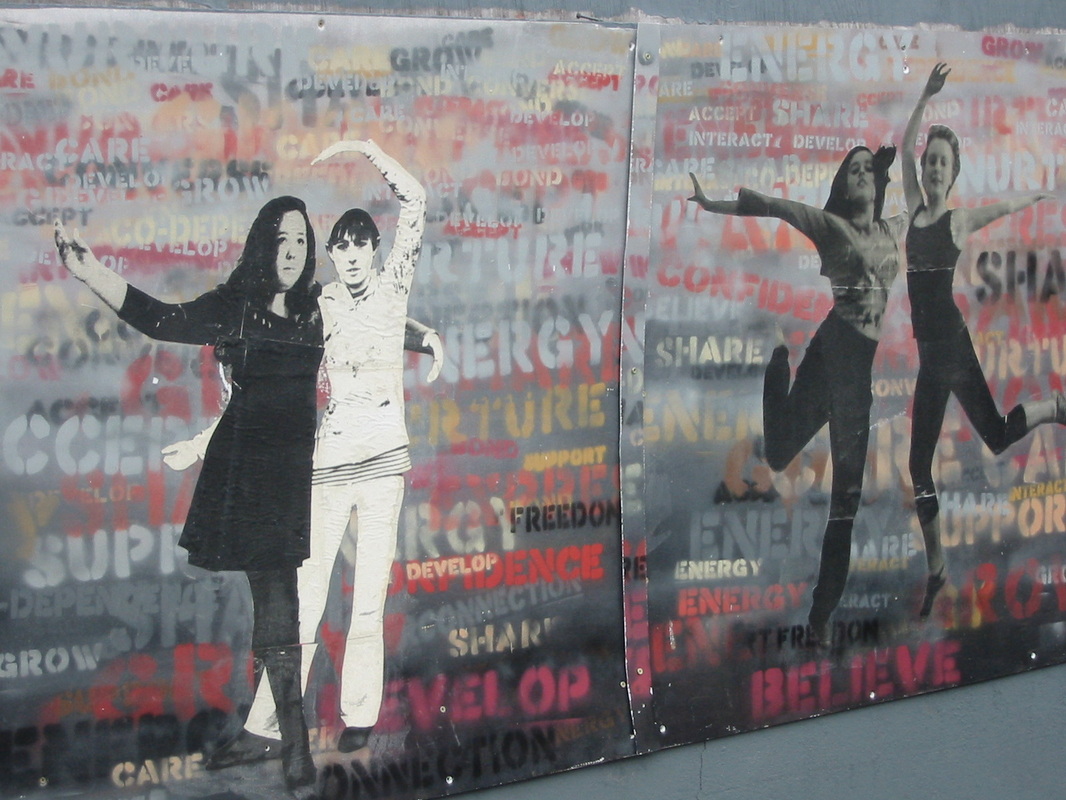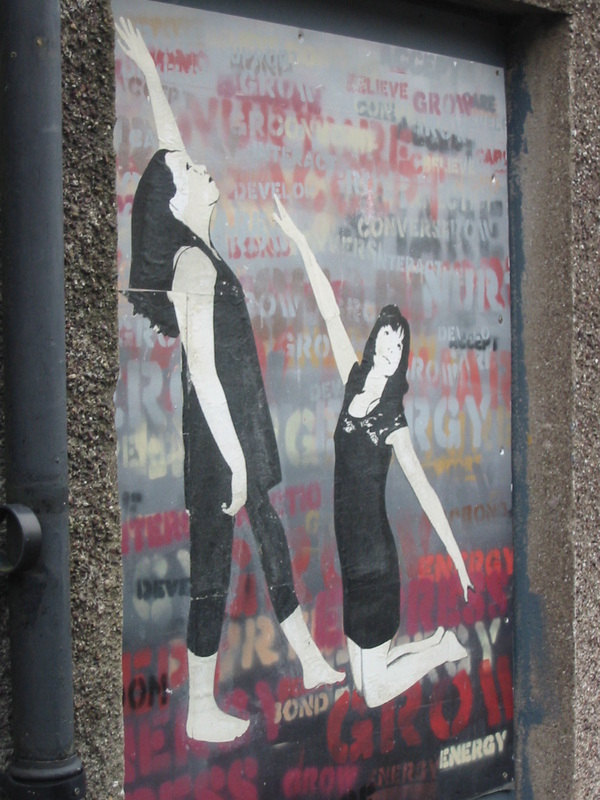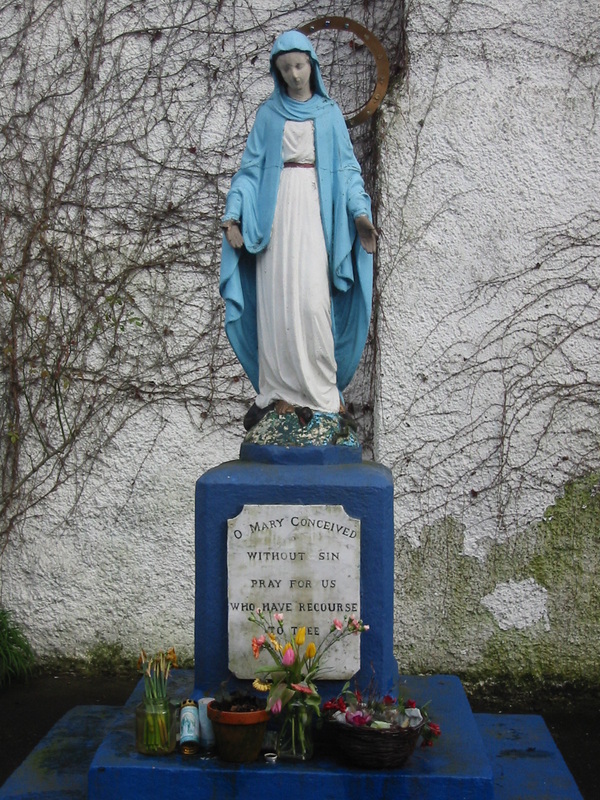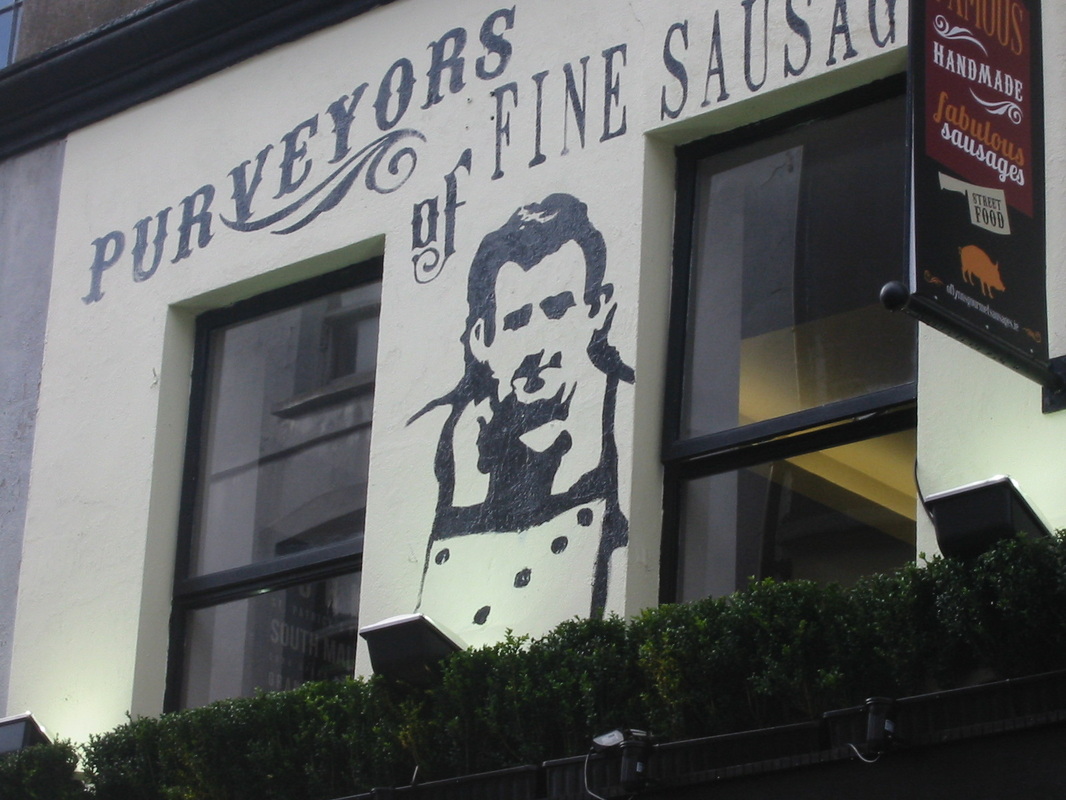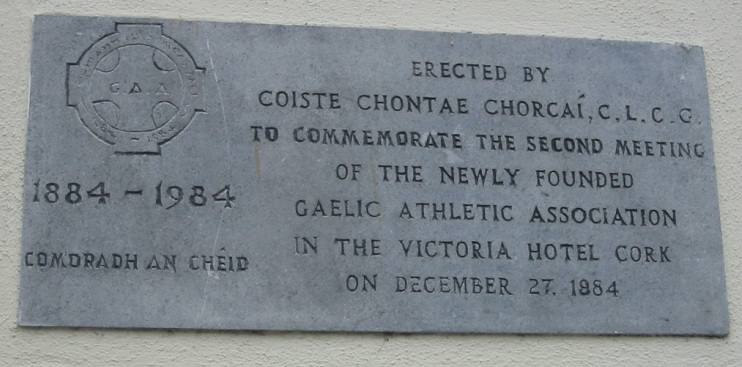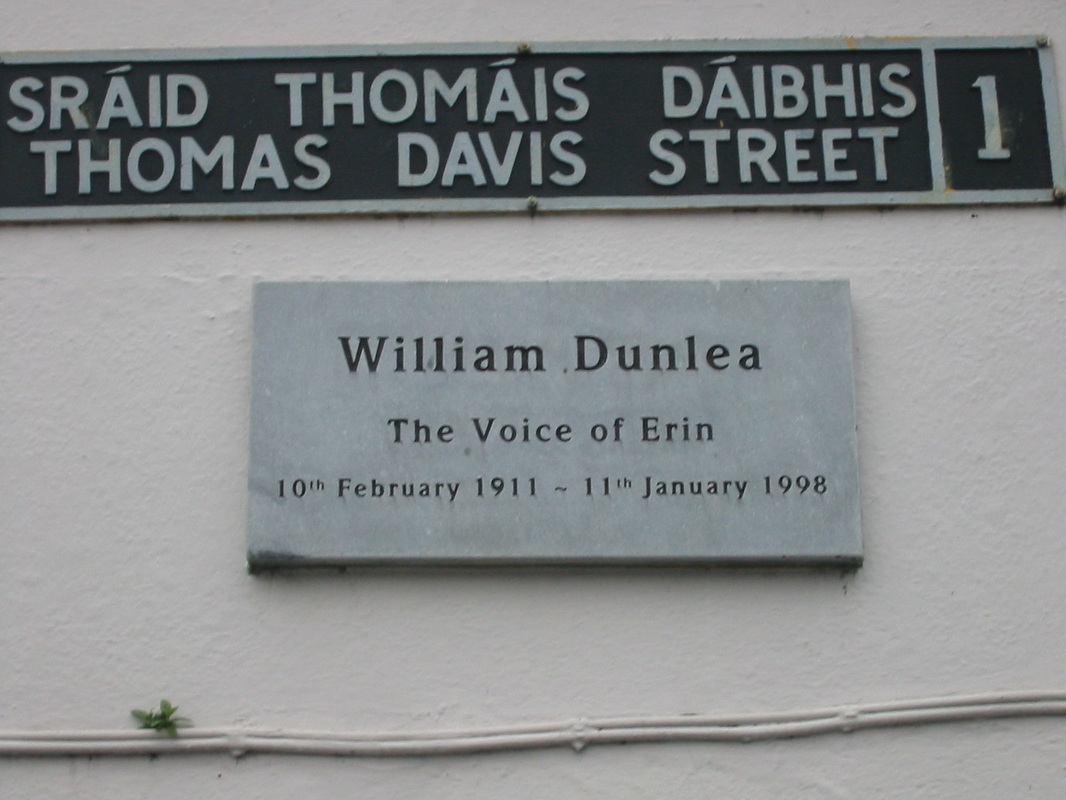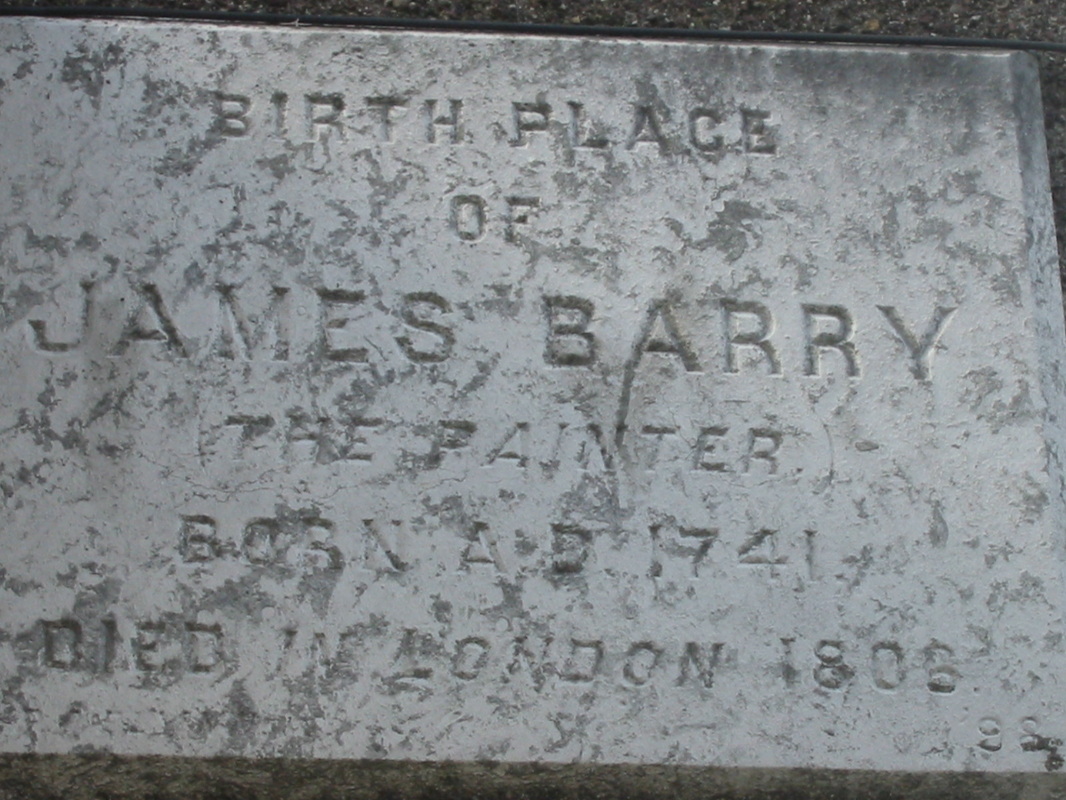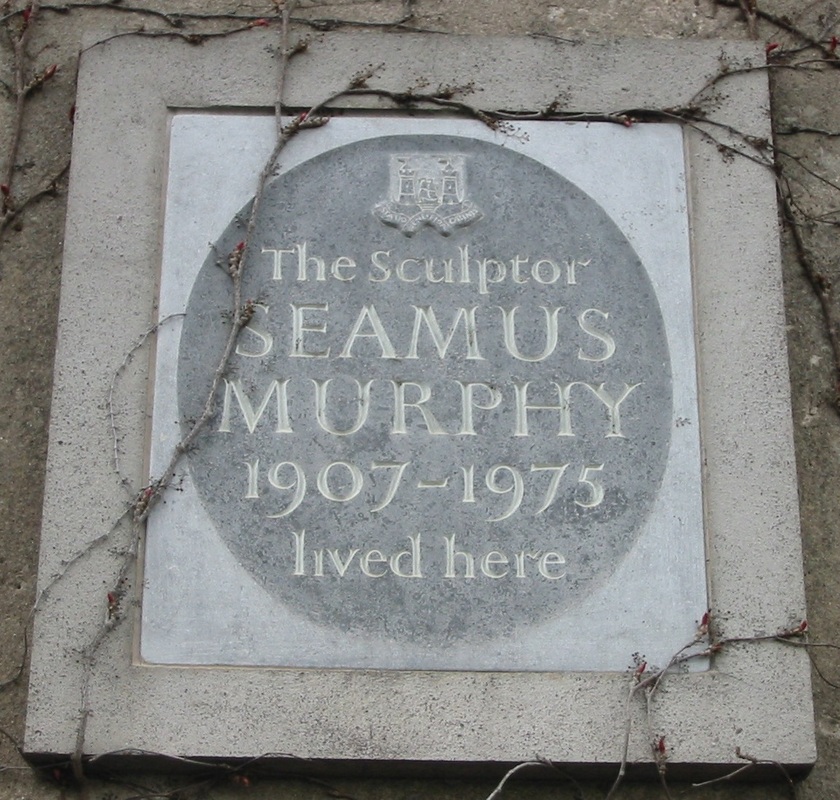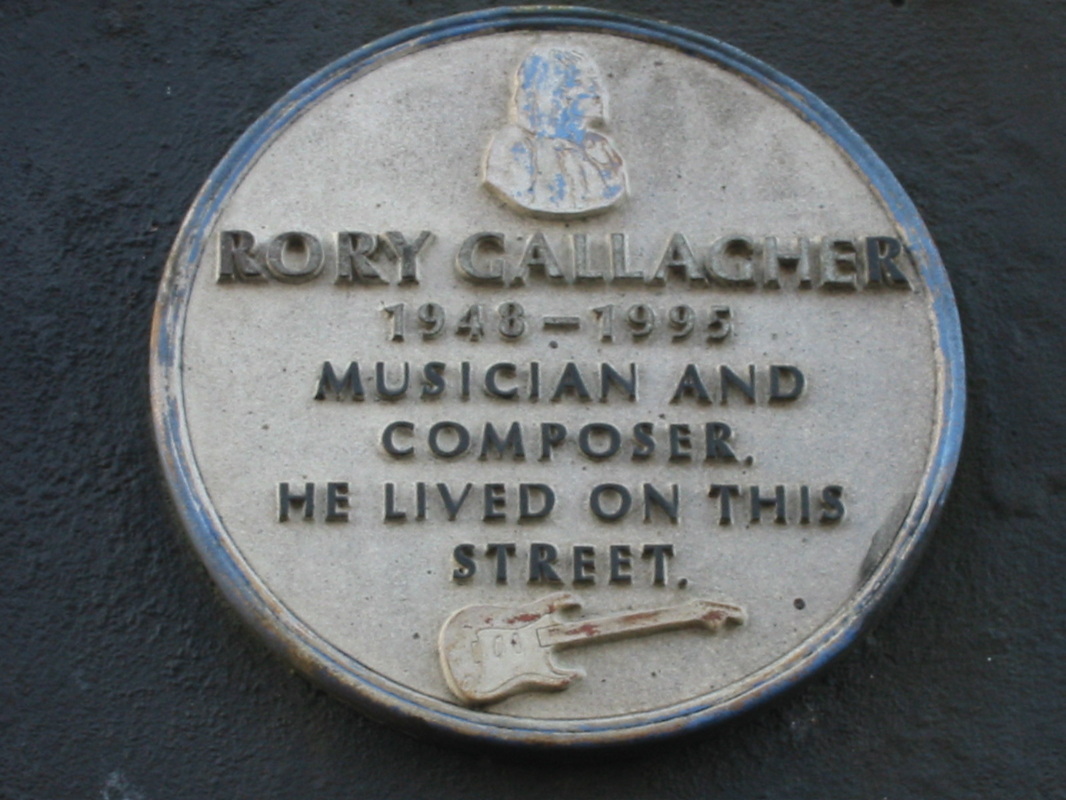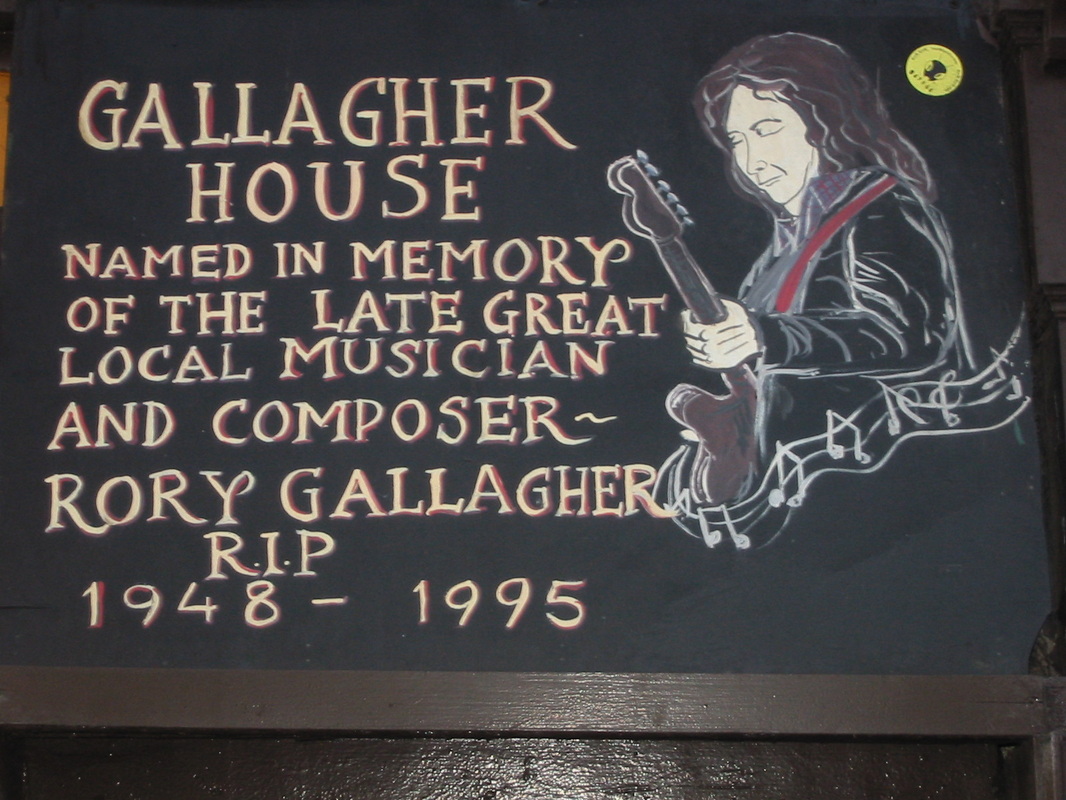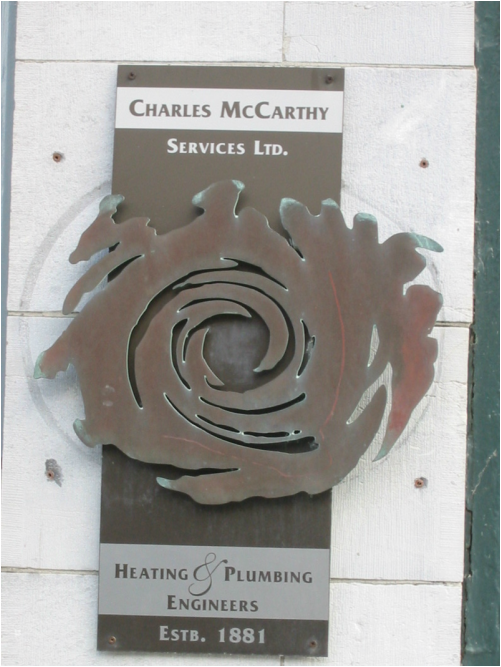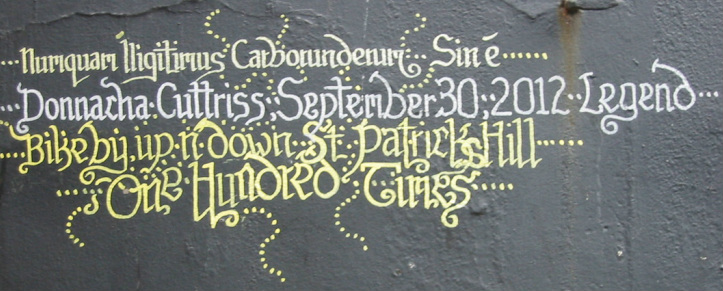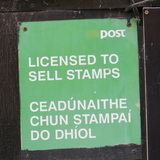|
Since starting this blog a few months ago, a few things have changed somewhat with me. For one, I generally have a camera in my pocket. For another, I am looking at buildings, signs and messages and am conscious as to what is my first and immediate thought.
A classic win-win situation.
The upper floors of commercial premises are regularly less than fully occupied and the external finish can be less than perfect – look over the shop-front on any street and you will note an amount of surfaces in need of some attention. The cost of painting the walls to the upper floors was somewhat offset by the marketing value received. . . . 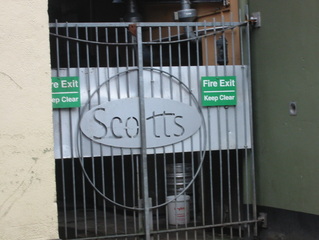 I am still lost as to why they changed the name from Scotts to The Oliver Plunkett. I would only be an infrequent customer - and always during the day- so have no experience as to whether namechange inproved their attractiveness as a music venue but doubt it somehow. But when they changed the name, I would have thought that the gate should also have been changed - even if it is a nice gate with its own design. I suspect that they will have some difficulty retaining the bars and just replacing the lettering with the new longer name. Maybe an idea for a customer competition. I can understand a plaque for inaugural meeting of an organisation.
A notice commemorating a final meeting, I can also comprehend. But the second meeting makes no sense to me – why not the fourth? the fifth? or, even every meeting ? Are they all not equally worthy of recognition? This looks like a sign just for the sake of it. Another name that was new to me.
Education received through the internet – Cork City Library. I will keep an eye out for the book by Jim McKeon This signs proves that one takes in alot more when walking rather than driving.  Bridge St, Cork Maybe it is that the premises was remodelled not too long ago. Maybe it is because I haven't seen a skip, a van, or builders in the last week or so. Maybe it is the current economic climate planting doubt where none ought to exist. Maybe it is spooting and auctioneer entering the property one afternoon last week. Or maybe, and hopefully, I am just over sceptical Spotted this sign recently when gates to Elbow Lane were open. I have no recollection of the company being on Cook St. but the internet is a fount of knowledge.
The Company was formed in March 1896 and dissolved in April 1999. So the sign has well outlived the company. In 1907 they were based at 80-81 Patrick St. which is where HMV were upto recently and prior to that the Pavilion Cinema. Then in 1925, they had moved to another future entertainment venue at 108 Patrick St. – the Savoy. By 1932, they had moved to 4 Cook St which was upto recently occupied by Tubes Surf shop. They were still there in 1945.  Another case to prove that one does learn from reading signs. Recently I was walking into town from Blackpool and off Great William O’Brien St., I noted a plaque on the wall referring to James Barry, The Painter.  I thought that I had never heard of him before but a search did show an exhibition in the Crawford Gallery in 2006 and I had vague recollection of noting the sign at the time but did not view the exhibition. Further searches showed some biography from Crawford , History Ireland, and Library Ireland. It seems that there is also a plaque in London. Any day when one does not learn something new is a bad day. Seemingly Seminary Road was used as a shortcut for those attending the North Mon so probably not something new to their past pupils. I wonder about the placing of plaques in the future.
If some of my friends become so famous that there is a suggestion to put a plaque on the house in which they lived, the organising committee may need to order ten or more plaques – a consequence of rental accommodation regularly changing and various employments. This week I noted the plaque on Ballyhooley Road and thought of a similar plaque on Wellesley Terrace that I had seen previously. That posed the question as to how many houses are there in which Seamus Murphy lived. Over Christmas, I flicked through a book on Seamus Murphy and was surprised to note that there was a statue in the Holy Family church on Military Hill. In my youth, and prior to departing the ranks of practicing Catholics, I would have regularly attended 11.30 mass at Military Hill and never ever took any notice of the statue. Obviously opening my eyes and taking things in is not inbred – something that has developed. I suspect that the Leatherworker closed the shop some years ago but still good to see the sign - especially when it is only painted and could easily have been repainted.
“Pine St originally consisted of two sections, Abbot and Kelly’s St, which were both renamed in the early nineteenth century” I do not have the best of Irish – English dictionaries but something does not add up with Phaghanaigh and Pine.
Pine is translated as Giúis (tree = Crann Giúise) or Péine. Abbot is translated as Ab. I cannot find any reference to Phaghanaigh in the dictionary. Págánach does translate as Pagan or Heathen. I remember seeing a small crowd at the junction of St Patrick's Hill and Wellington Road and wondering what was happening. When a cyclist came along, there were shouts of support.
I do recall cycling up from the bottom to the top once, very many years ago. One hundred times up Patrick's Hill is some feat. |
AuthorFrom Cork. SUBSCRIBE
Unless otherwise specifically stated, all photographs and text are the property of www.readingthesigns.weebly.com - such work is licenced under a Creative Commons Attribution - ShareAlike 4.0 International Licence
Archives
May 2024
Categories
All
Blogs I Read & LinksThought & Comment
Head Rambles For the Fainthearted Bock The Robber Póló Rogha Gabriel Patrick Comerford Sentence First Felicity Hayes-McCoy 140 characters is usually enough Johnny Fallon Sunny Spells That’s How The Light Gets In See That Tea and a Peach Buildings & Things Past Built Dublin Come Here To Me Holy Well vox hiberionacum Pilgrimage in Medieval Ireland Liminal Entwinings 53degrees Ciara Meehan The Irish Aesthete Líníocht Ireland in History Day By Day Archiseek Buildings of Ireland Irish War Memorials ReYndr Abandoned Ireland The Standing Stone Time Travel Ireland Stair na hÉireann Myles Dungan Archaeouplands Wide & Convenient Streets The Irish Story Enda O’Flaherty Cork Archive Magazine Our City, Our Town West Cork History Cork’s War of Independence Cork Historical Records Rebel Cork’s Fighting Story 40 Shades of Life in Cork Roaringwater Journal |
